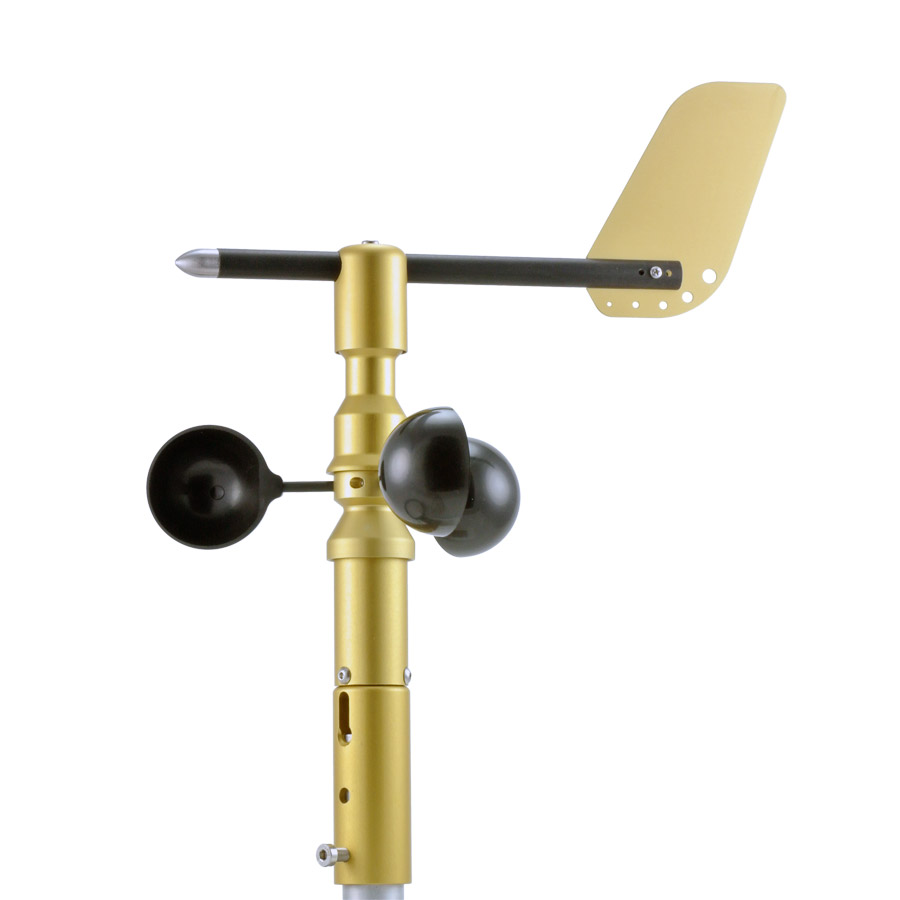Across the country, hundreds of small airports have little or no weather instrumentation. A simple wind sock might be the only indicator of surface conditions, as is the case for the runway in Preston, Idaho.
After nearly a year of preparation in Preston, an airshow was held on August 2, 2014 to raise funds to extend the runway. Prior to the airshow, I noticed that they lacked basic wind instruments, so my beautiful daughter helped me set up an MS-130 weather station near the runway. This station was connected to Weather Underground through the embedded cell phone and also provided SMS text message weather reports.
I would have loved to catch more video of the show, but I could only catch so much because I was sitting with the air boss, receiving quantitative wind data that was relayed to the pilots throughout the event. It was a great experience for me and added a level of sophistication to a small Idaho airport.
Fly safe.
Eugene

